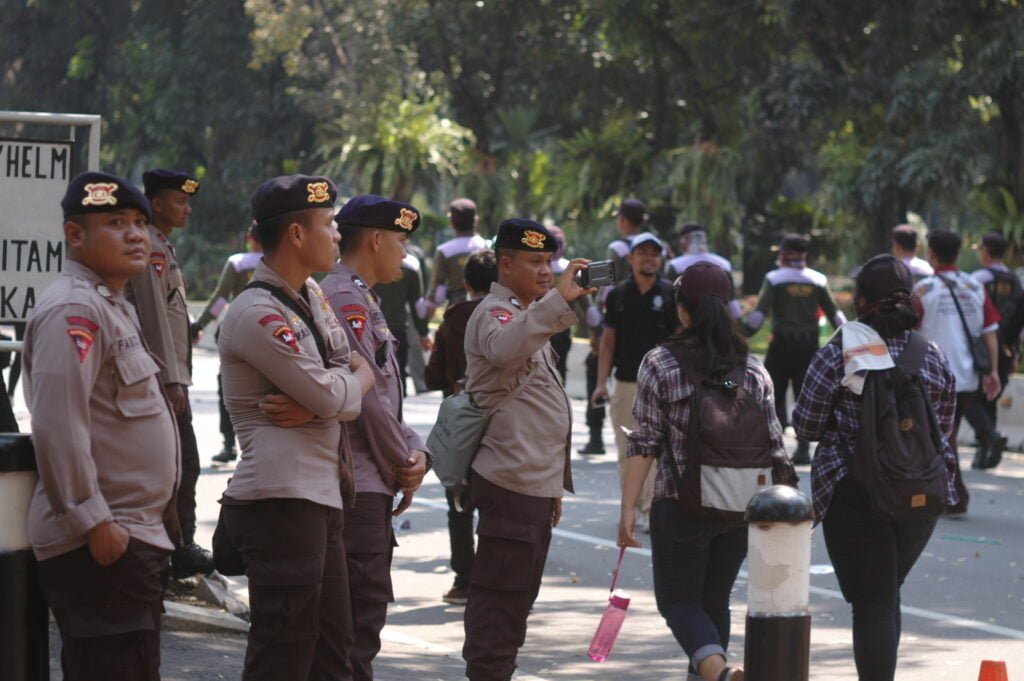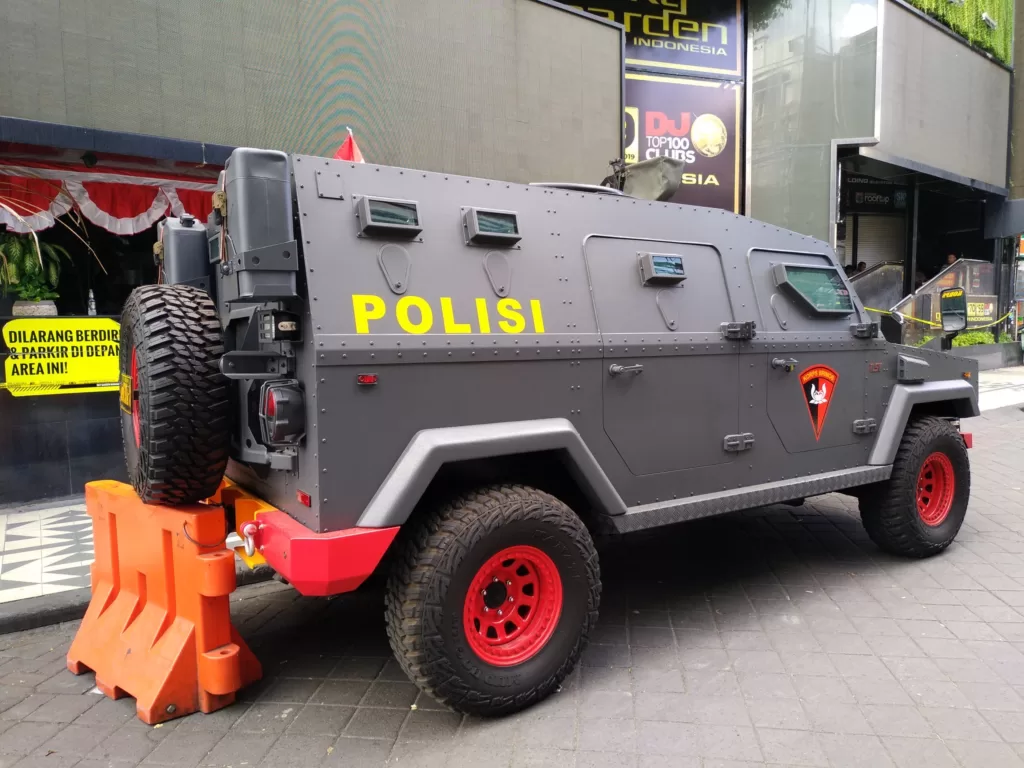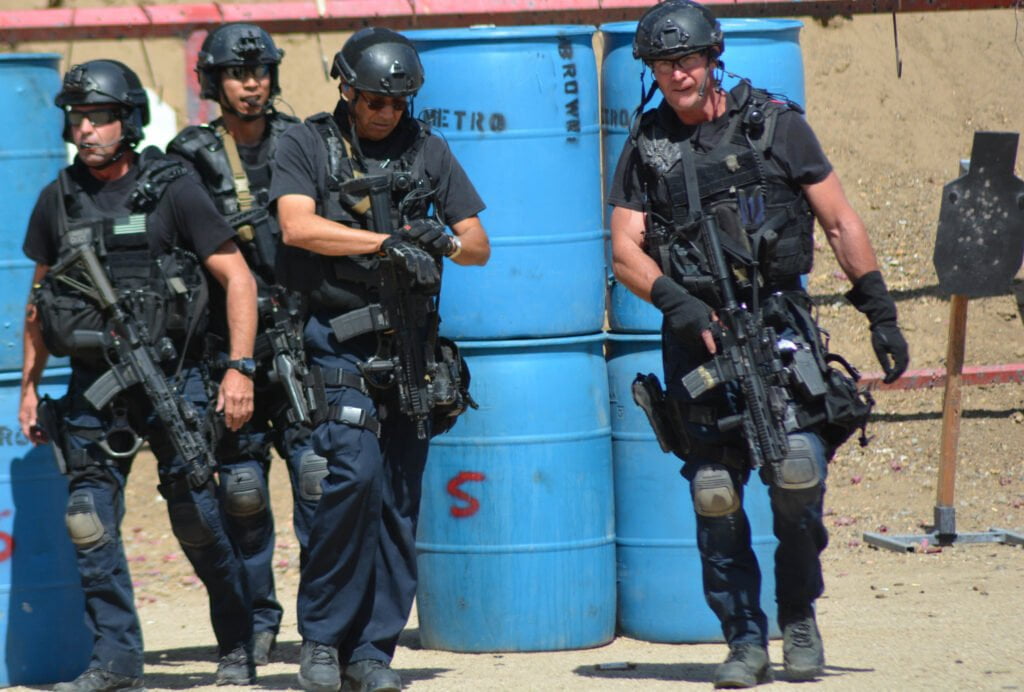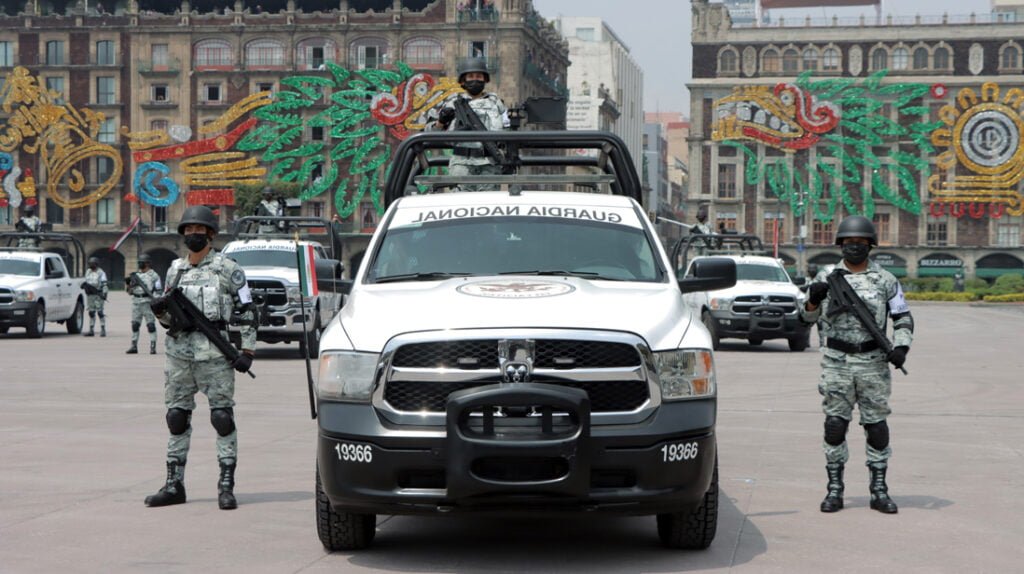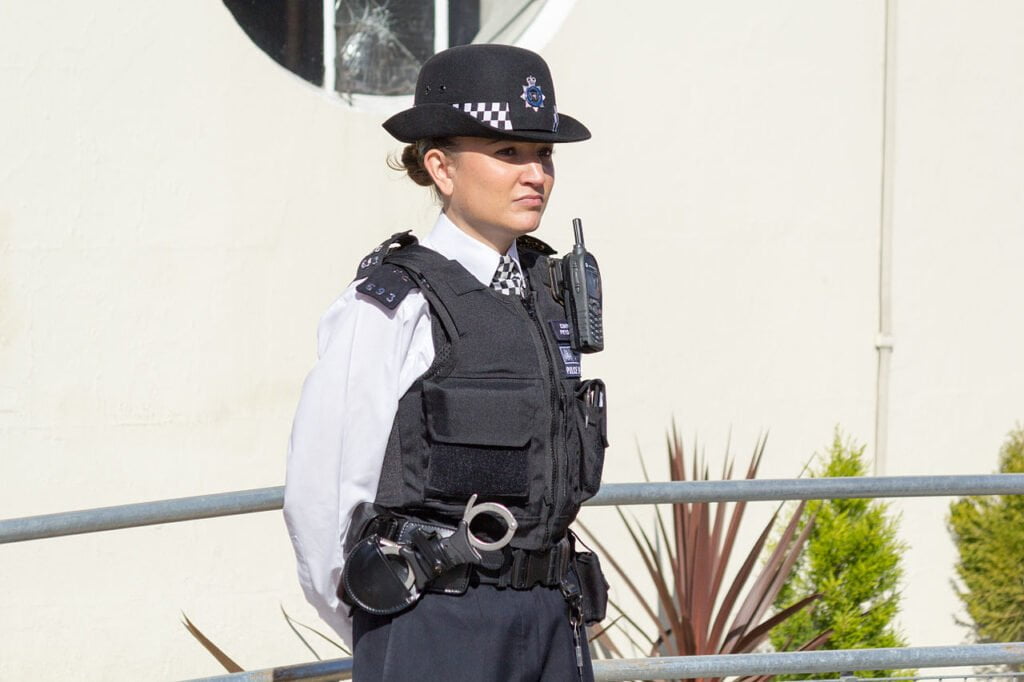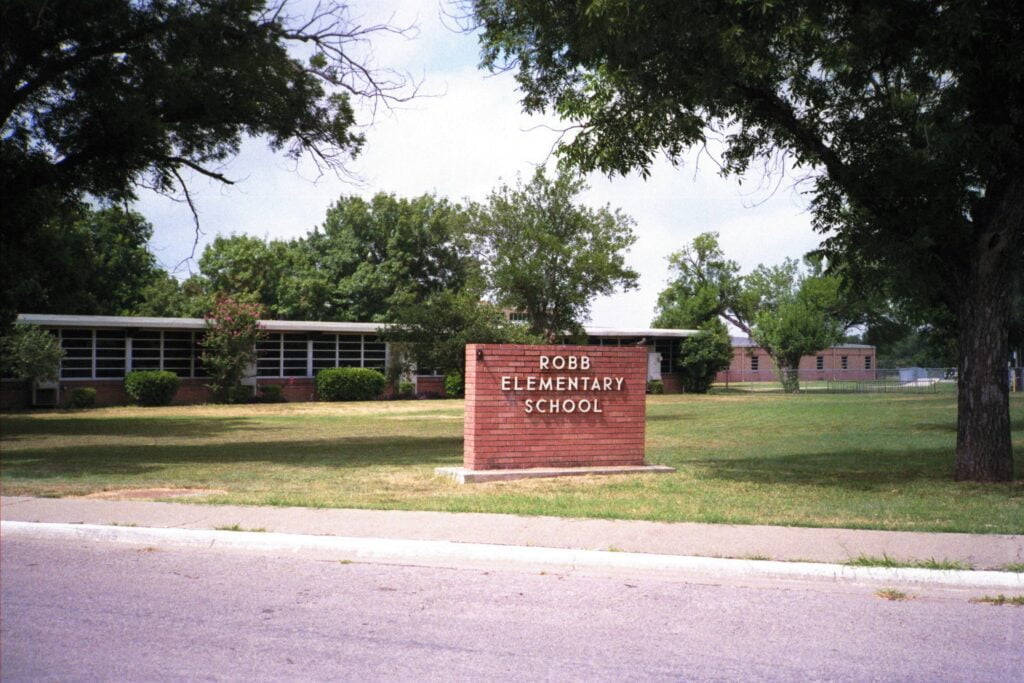While people were worrying about military-style policing, US law enforcement quietly deployed the tools of spycraft against their fellow citizens.
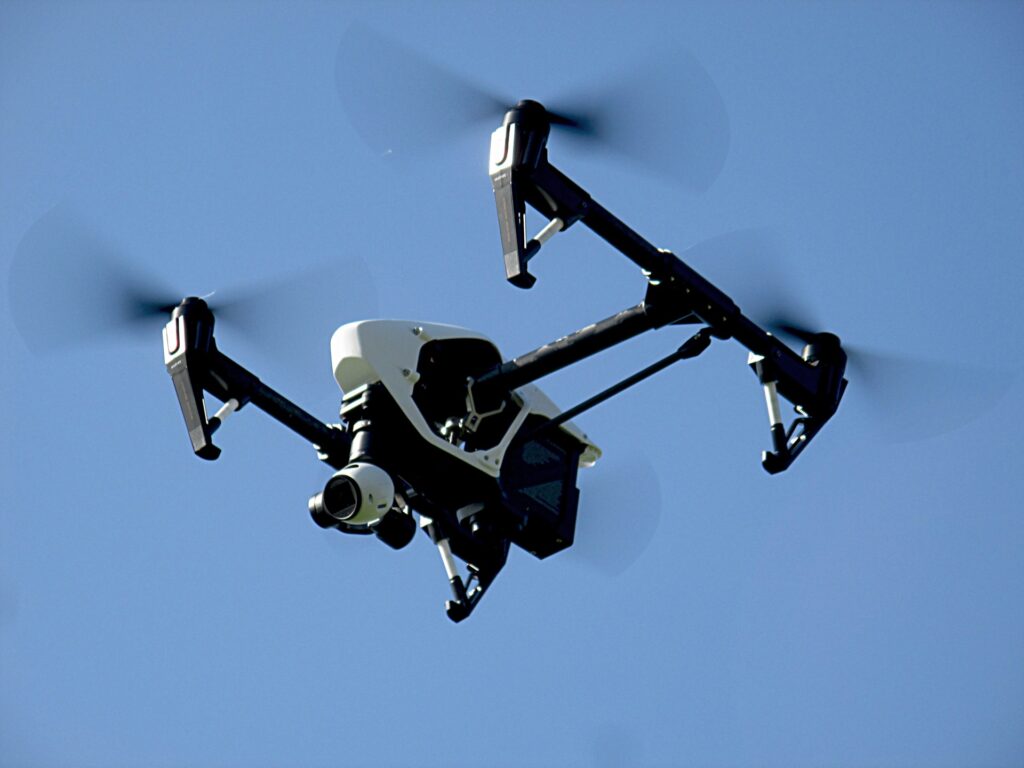 US police are increasingly using drones to surveil citizens : Robert Lynch CC 0
US police are increasingly using drones to surveil citizens : Robert Lynch CC 0
While people were worrying about military-style policing, US law enforcement quietly deployed the tools of spycraft against their fellow citizens.
We don’t usually think of local police officers in the United States as spies or military covert operatives, but until recently we didn’t have images of police officers as soldiers either, until we did.
The images of luridly militarised police in the United States emerged following the exaggerated response of American police to widespread protests that occurred in the aftermath of the August 2014 shooting death of Michael Brown in Ferguson, Missouri. Over-the-top militarised and violent responses from police continued in the widespread protests that followed the May 2020 murder of George Floyd in Minneapolis, Minnesota at the hands of then-police officer Derek Chauvin.
The conspicuous display of military vehicles (tanks, armoured personnel carriers, mine-resistant ambush protected vehicles), aircraft, watercraft, weapons, uniforms, and other military hardware has become the focus of media attention and public consternation, and even efforts to curtail its use.
But other more secretive and invasive military technologies have emerged as a means of widespread surveillance of the American public by local police departments in the United States. The continued and escalating acquisition of these technologies has largely remained ‘under the radar,’ yet has alarmed privacy and civil rights and civil liberties advocates.
Facial recognition technology traces its history in the United States to the 1960s, where it had funding and support from the military and federal intelligence services. According to a 2022 report by the Brookings Institution, about one in four state and local law enforcement agencies in the United States have access to facial recognition technology, and 20 of the 42 federal agencies that employ law enforcement officers also use facial recognition technology.
The report lists concerns with the history of the “oversurveillance of communities of colour” by police in the United States, and the police profiling and surveillance of civil rights and Black Lives Matter activists, as well as Chinese-American academics, Muslims, and immigrants at United States borders.
According to Brookings, in 2019 “the National Institute of Standards and Technology (NIST) published a study of 189 commercial facial recognition programs, finding that algorithms developed in the United States were significantly more likely to return false positives or negatives for Black, Asian, and Native American individuals compared to White individuals.”
Facial recognition technology poses significant risks to people of colour being identified as perpetrators of crimes that they are not connected to.
According to a 2021 brief prepared by think-tank, the Open Technology Institute at New America, “many law enforcement agencies have adopted face recognition technologies in secret, without the input or approval of policymakers or the public. In cases where the public has learned of an agency’s use of face recognition, key details about how the system works and how it’s used often remain concealed, even from criminal defendants.”
The use of facial recognition technology may contravene US Fourth Amendment protections against unreasonable government searches, as well as First Amendment protections on freedom of assembly and free speech. Where facial recognition technology proliferates in public places, people exist in a perpetual lineup and may be deterred from engaging in public assemblies or peaceful demonstrations for fear of being recorded and identified by police.
Seven states as well as many cities in the United States have passed laws regulating or even prohibiting the use of facial recognition technology by police, but the results of such efforts are an uneven patchwork of often confusing and inconsistent guidelines around its deployment.
The proliferation of the police use of unmanned aerial vehicles (UAVs or drones) in the United States follows their recent history and ongoing deployment by the US military in Iraq, Afghanistan, and other locations in the protracted war on terrorism. According to the Electronic Frontier Foundation (EFF) and the Atlas of Surveillance, 1,172 police agencies in the US are using drones, what the EFF has dubbed “flying spies.” And the New York Times reported that drones were used by police departments and federal Homeland Security officials in 15 cities across the US to monitor Black Lives Matter protests following the murder of George Floyd in 2020. While drone use by police may have some utility and legitimacy (for example in locating lost children or documenting accident scenes), there are ongoing concerns that unregulated and unfettered use of drones by police conducting aerial surveillance and recording public assemblies, could impact people’s privacy, civil rights and liberties.
Although the International Association of Chiefs of Police current policy regarding the arming of drones recommends that drones “shall not be equipped with weapons of any kind,” North Dakota became the first US state to legislate in favour of police using drones armed with “non-lethal” weapons in 2016. In 2021, international relations scholar Christian Enemark, raised ethical concerns with the police using armed drones in domestic law enforcement, arguing that policing is morally governed by respect for individual human rights and has different ethical expectations to that of military on the field of battle.
More recently, law enforcement in the United States has been using technology that tracks 250 million mobile devices nationwide via popular apps that use location data to provide directions, weather reports, restaurant locations, and countless other services to mobile device users. Fog Data Science — a private company which purchases such raw location data from “data brokers,” claims that its data “can be used to learn about where its subjects work, live, and associate.” Although Fog also claims that its data contain no personally identifiable information such as names and addresses, it markets this technology to federal, state, and local law enforcement as “mass surveillance on a budget”, selling access to detailed histories of regular people’s lives.
The use of the Fog Reveal technology is largely kept secret from the public, and even from defence attorneys representing clients whose devices may have been monitored using the service.
Facial recognition, drones, and Fog data, are just three of the many technologies that are in everyday use by police in the United States to surreptitiously identify, surveil, record, and monitor people in the United States without their knowledge, awareness, or consent. These surveillance activities by police often run afoul of the US Constitution and are done intentionally, secretly, and deliberately so as to avoid judicial and public scrutiny and interrogation.
Citizens concerned about police violence and lawlessness in the public domain should also be concerned about the activities that police engage in while removed from the glare of the public spotlight. Particularly when police engage in strategically and tactically militarised surveillance activities, which undergo constitutional gyrations and gymnastics to avoid accusations of lawless excess.
Tom Nolan was a city of Boston, Massachusetts police officer for 27 years and until recently, a visiting associate professor of sociology at Emmanuel College Boston. He is the author of Perilous Policing: Criminal Justice in Marginalized Communities. He has taught criminal justice courses in colleges and universities throughout New England and New York since the 1990s. He declares no conflict of interest.
Originally published under Creative Commons by 360info™.



